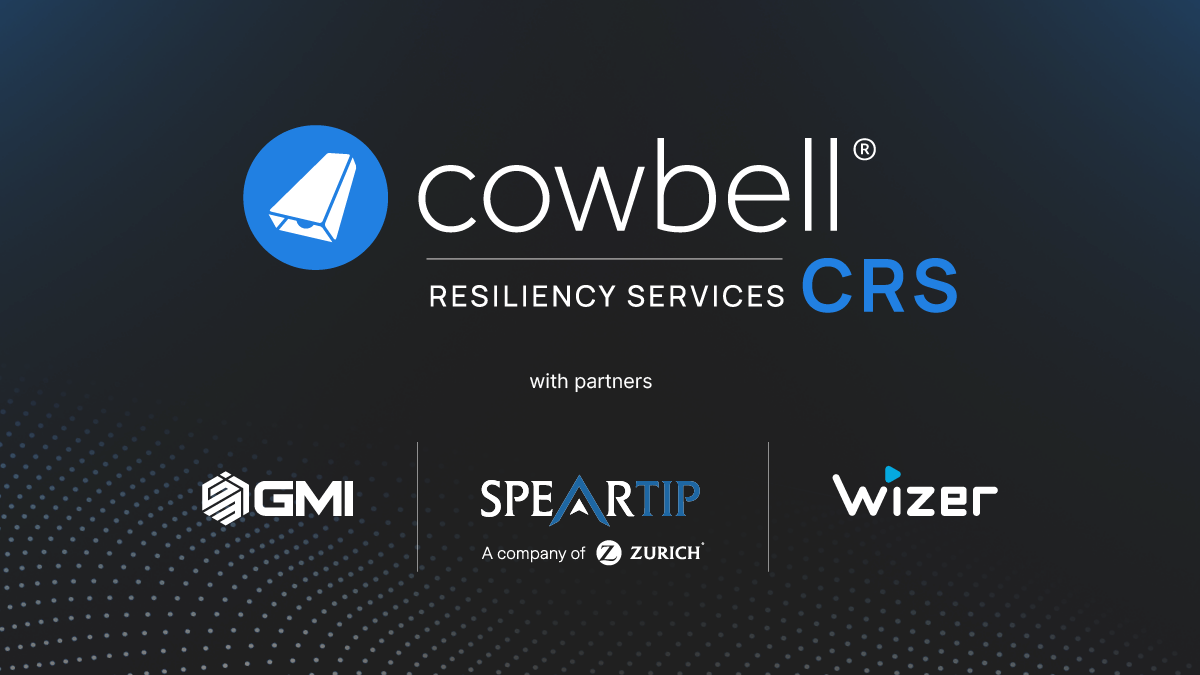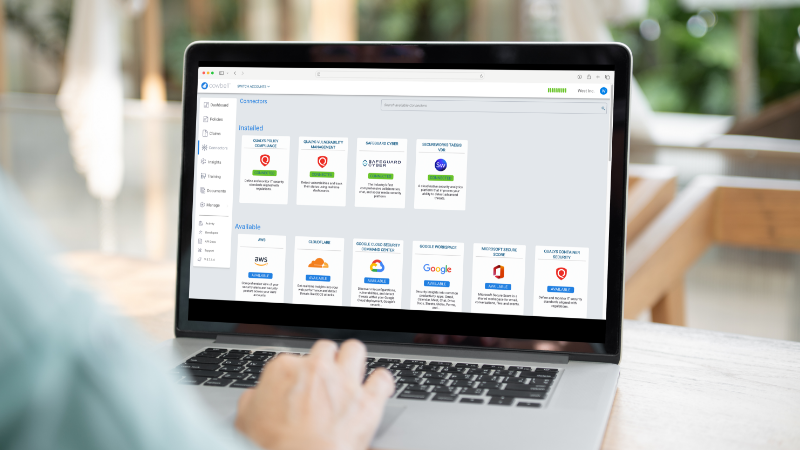The explosive growth of Generative Artificial Intelligence (AI) in recent years has been viewed by some as transformative. From autonomous vehicles, to personalized recommendation systems enhancing user experiences, to identifying abnormalities in data sets and mitigating cyber threats, AI technologies appear to be reshaping the way we live, work, and interact. Moreover, AI’s potential to optimize processes, predict outcomes, and solve complex problems continues to potentially drive investment and research, fueling its exponential growth trajectory.
The public launch of ChatGPT in November of 2022 brought the technology into the public’s focus with many wondering what the long-term capabilities and implications will be. That said, while AI is still confusing to many, it’s helpful to take a step back and define what the technology does and how it’s being deployed today.
What is AI and how is it being used today?
Artificial Intelligence is the simulation of human intelligence processes by machines, especially computer systems*. Traditional AI is designed to perform individual tasks or a restricted set of tasks, such as playing chess, spam filters, or translating languages**. Overall, traditional AI is often only as effective as the data used to train the algorithm.
Generative AI can produce text, video, images, and other types of content. ChatGPT is an example of that and a popular natural language processing tool that creates text, answers questions, and plans vacations; based on a series of prompts from the user. Another example is Midland AI which can create digital art based on instructions fed into the tool. Generative AI harnesses machine learning to understand, anticipate, and generate content based on data.
Advantages and Disadvantages of AI Use (not limited to)
As with most new technologies, there are distinct benefits and risks to application for both individuals and companies. Before implementing AI, companies may need to define clear objectives and use cases aligned with business goals and evaluate the readiness of their data infrastructure, ensuring data quality, accessibility, and compliance with relevant regulations. Moreover, companies should consider assessing potential ethical and societal implications, such as privacy concerns and biases inherent in AI algorithms, and implement measures to address them.
So what are the potential benefits? 24/7 availability would certainly seem to be one. Thus far, Generative AI has always been available to provide support and guidance. It could also decrease the time needed for data-heavy tasks by efficiently processing and analyzing vast amounts of data and automating repetitive tasks. It could also reduce the risk of human error, save on labor costs, and increase productivity.
As to the potential risks – AI can be costly to implement, especially if you need to hire adequate resources, including talent with expertise in AI development and implementation and the necessary computing infrastructure. There are new security concerns as AI systems can be vulnerable to attacks and exploitation. There have also been widespread public concerns about job loss for humans and the socio-economic implications over the long-term. Finally, ethical problems around consumer data privacy and a lack of human elements such as emotion and creativity.
Drafting an AI use policy
As companies continue to integrate AI into their business processes, it is incumbent on leaders to establish company-wide AI use policies that are clear and actionable for employees. Not only will this help to mitigate risks, but it will also help with decision-making as the landscape continues to rapidly evolve. A good generative AI policy should address risks and ethical implications as well as focus on transparency and accountability
Cybersecurity and Privacy Best Practices
While Generative AI is a relatively new technology it is already vulnerable to misunderstanding and misuse. There are a number of cybersecurity and privacy best practices to consider when using these tools:
- Only use AI tools that are approved and verified – AI tools have become very popular so they need to be verified since bad actors have developed fake AI tools that when downloaded can install malware or steal sensitive data.
- Don’t input personal data (PII) into AI chatbots – all data entered into AI chatbots is stored on their servers, this means that any sensitive or personal information is also stored.
- Be careful what is uploaded to AI photo editors- photos uploaded can be used without your express permission. Be careful about what you upload for privacy and security reasons.
- Fact-check the information that the AI provides – the data that the AI chatbots have can quickly become out of date or inaccurate leading to biased or incorrect information. Always verify the information before using it.
- Be alert for more advanced Phishing attacks- bad actors are beginning to use chatbots to create more compelling phishing emails that can fool spam filters. Be vigilant against these new methods and use good email cybersecurity best practices.
Building a culture of awareness and understanding is integral to mitigating threats and it’s worth investing the time and resources for company wide cybersecurity awareness training.
How to use our AI use policy template?
As a company that specializes in mitigating risk and identifying potential threats, we created an AI use policy that is available for use. Our AI use policy includes three different types of policy templates. It addresses the different cases that an organization could have in terms of AI use. One is for open use, the next is for limited use and the third is for prohibited use. Each organization will need to determine how they will be allowing the use of AI tools and tailor the policy template to one of those use cases. From there all that is needed is to fill out the rest of the template with the relevant information and have the document be consistent with any other policy documents the organization already has.
Download Cowbell’s Generative AI Chatbot Usage Policy template
We are at an inflection point and in the next several years we will see the rapid transformation of tools and businesses, supported by AI. With the right considerations in place, companies can see exponential benefits to leveraging this new technology. Without the right policies and support in place, you can be susceptible to emerging risks and reputational damage. Leadership must invest in the tools, talent, and technology to effectively deploy this nascent tech – the results are currently limitless.
Sources:
*https://www.techtarget.com/searchenterpriseai/definition/AI-Artificial-Intelligence
**https://www.uschamber.com/co/run/technology/traditional-ai-vs-generative-ai




